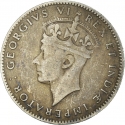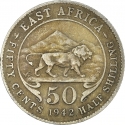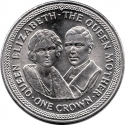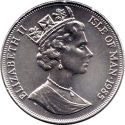You are about to finish your registration. Please check your mailbox (including spam folder). There should be a letter with a confirmation link. Check setting to make sure that your e-mail address is correct.
Send letter againDescription
The Union of South Africa is the historic predecessor to the present-day Republic of South Africa. It came into being on 31 May 1910 with the unification of four previously separate British colonies: the Cape, Natal, Transvaal and Orange River colonies. It included the territories formerly part of the Boer republics annexed in 1902, the South African Republic and the Orange Free State.
The Union of South Africa was a self-governing autonomous dominion of the British Empire. It was governed under a form of constitutional monarchy, with the Crown represented by a governor-general. The Union came to an end with the enactment of a new constitution on 31 May 1961, by which it became a republic and temporarily left the Commonwealth, under the new name Republic of South Africa.
Metal content
1937-1941: Copper 0.955, Tin 0.030, Zinc 0.015
1942-1947: Copper 0.950, Tin 0.005, Zinc 0.045
Obverse

|
Bare head of the King George VI facing left, surrounded by the abbreviated translation of “George VI King and Emperor”. GEORGIVS VI REX IMPERATOR |
|---|---|
Reverse

|
Depicts a pair of Cape Sparrows perched on acacia branch within circle, date above and denomination below, legend in English and Afrikaans. SOUTH·AFRICA·1937·SUID·AFRICA |
| Edge |
1/4 Penny
British Dominion
KM# 23 Hern# S17-28
Related coins
85th Anniversary of Birth of the Queen Mother
85th Anniversary of Birth of the Queen Mother







